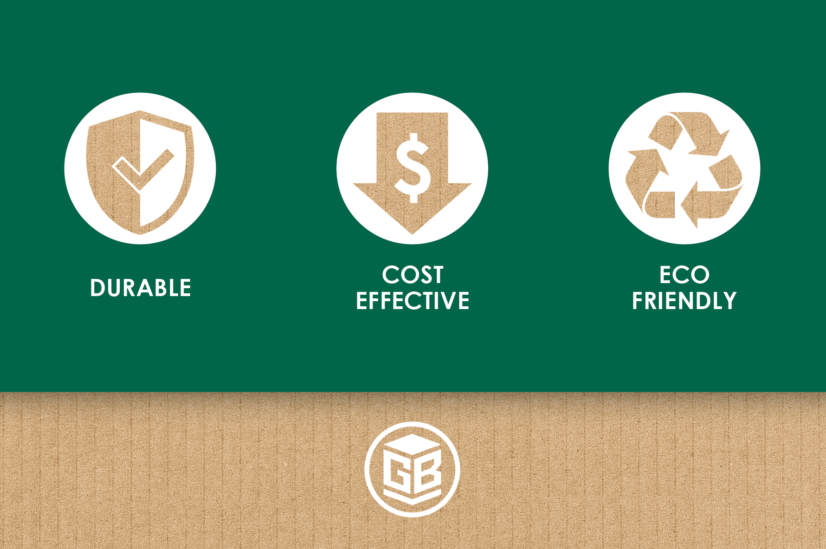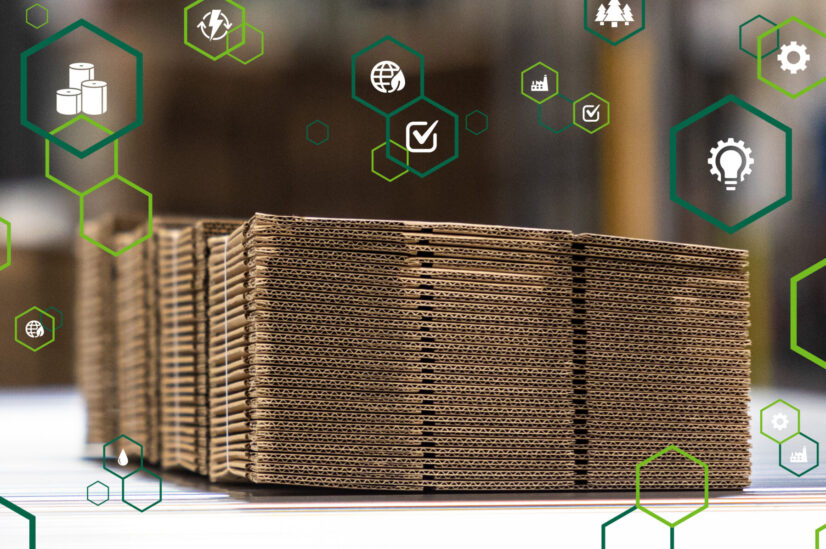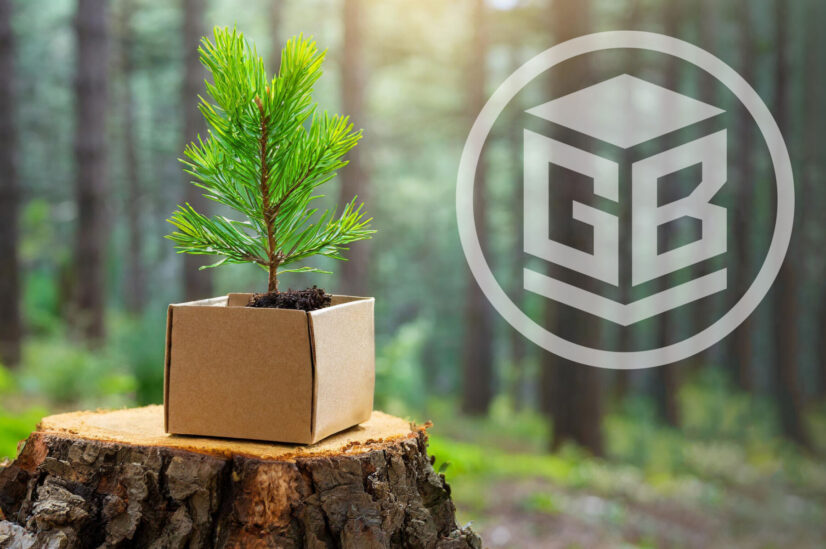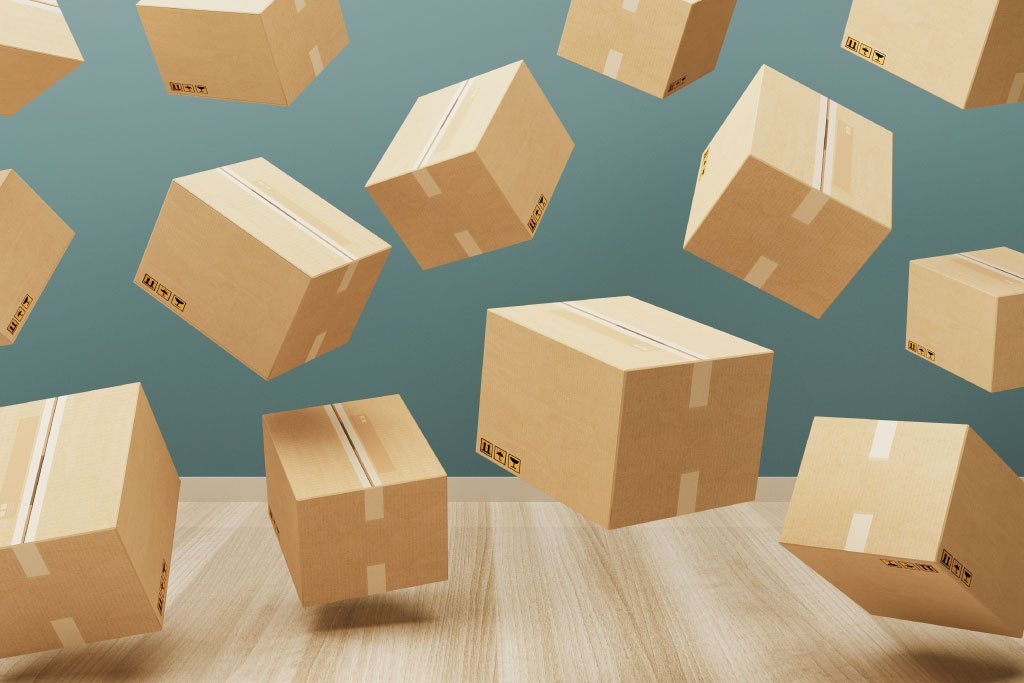- Products
- Corrugated Packaging
- E-Commerce Packaging Solutions
- Retail Ready Packaging Solutions
- Folding Cartons
- In-Store Innovation
- Coated Label Products
- Paper Mill Operations
- Services
- Quality & Testing Services
- Design Services
- Food Packaging Certifications
- Packaging Testing Services
- Packaging Systems Services
- Gallery
- Sustainability
- Social Sustainability
- Fiber Certifications
- Environmental Sustainability
- Responsible Business Practices
- Economic Sustainability
- Sustainability In Action
- Locations
SustainabilityTips & TricksProductsHistory









